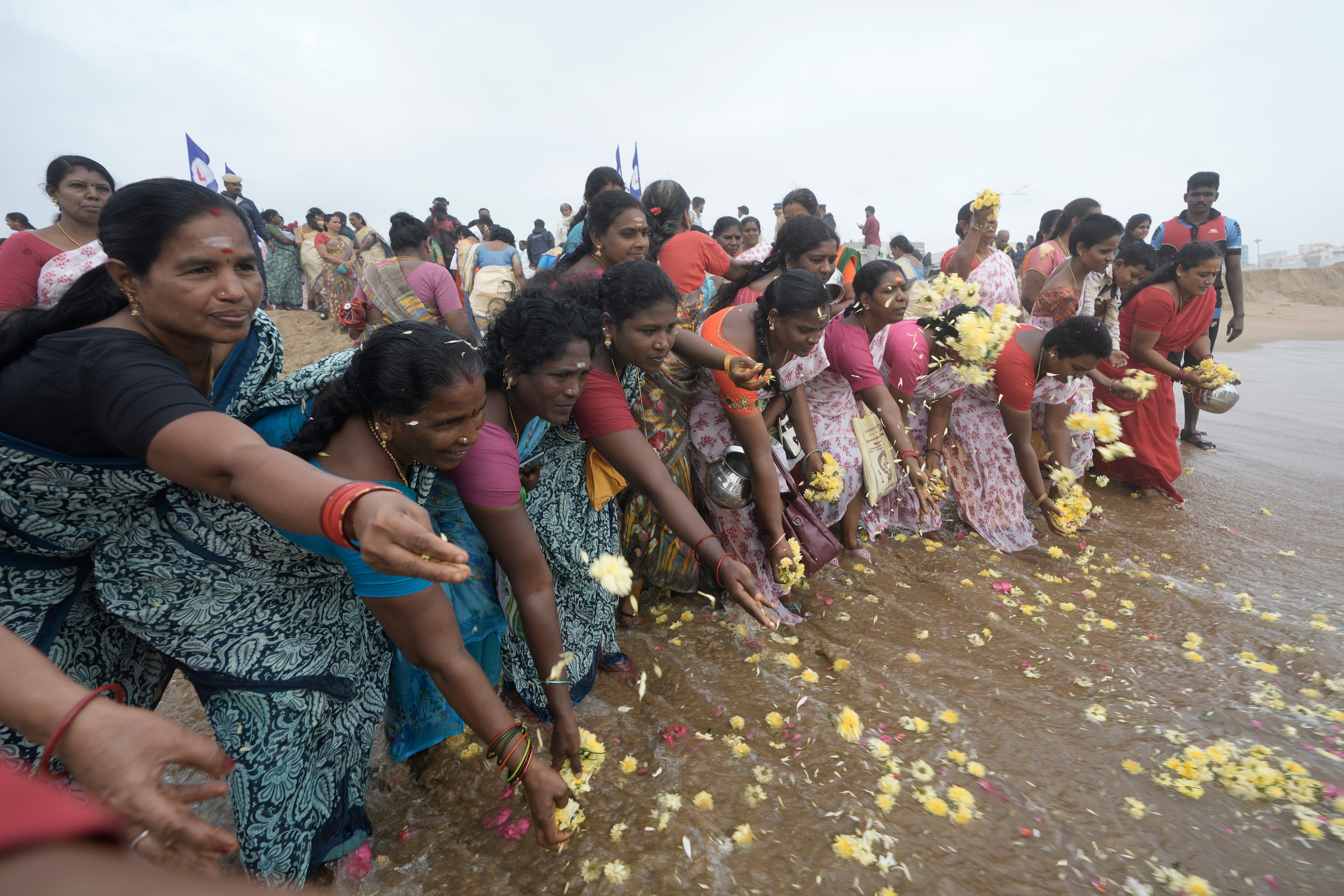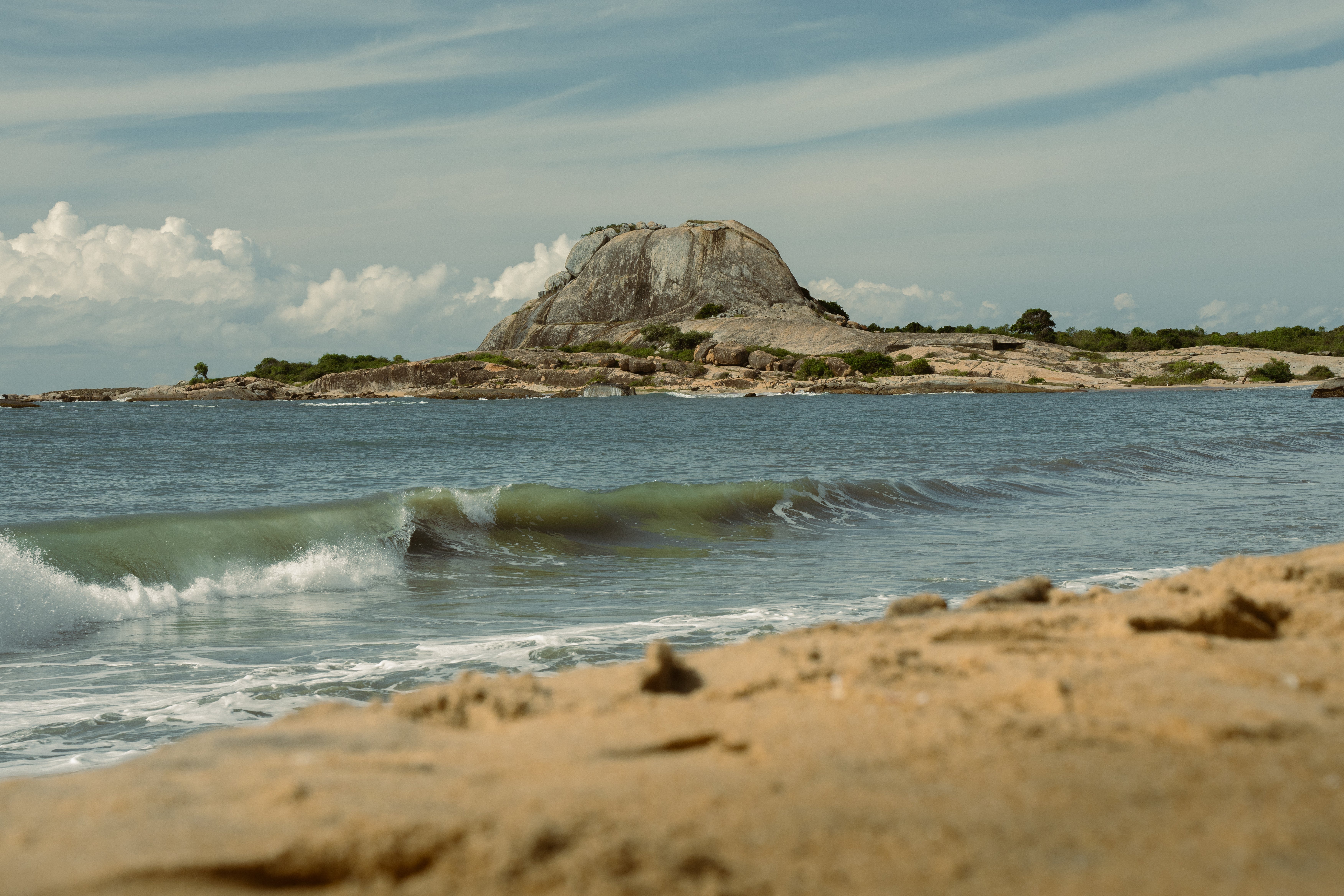Tsunami 2004: what are the biggest earthquakes in history?
Share:
On Boxing Day 2004, a monstrous 9.1 magnitude earthquake struck in the Indian ocean, unleashing widespread devastation in the surrounding land. Waves towering as tall as 30m were unleashed, impacting many countries - with India, Thailand, Sri Lanka and Indonesia the worst effected.

Two decades on, many still reflect on the fateful day which claimed the lives of more than 220,000 people. Earthquakes occur all across the globe, mainly in the South Pacific region, thanks to its positioning on the Pacific plate. Over 80 per cent of large earthquakes happen on the edges of the Pacific Ocean, in an area known as the ‘Ring of Fire’, the British Geological Survey states.

The gigantic ‘Ring of Fire’ is where the Pacific plate converges with others. Areas on it include the east coast of Asia and the west coasts of America, South America and Africa. All the five strongest earthquakes to occur since records began have struck there.
![[What is a megaquake? Japan issues first-ever warning of huge earthquake risk]](https://static.standard.co.uk/2024/08/09/6/09/Earthquake-in-southwestern-Japan-6om7d62e.jpeg?crop=8:5,smart&quality=75&auto=webp&width=960)
A magnitude 9.0 earthquake hit Severo-Kurilsk on the Kamchatka Peninsula in east Russia on November 4, 1952. It generated a local tsunami with waves of up to 50 feet and killed an estimated 10,000 to 15,000 people. While many people reached higher ground, some returned to the town before the second of the three tsunami waves hit. Some 39 per cent of Severo-Kurilsk’s population died, according to the Western States Seismic Policy Council.
![[Powerful earthquake hits Peruvian coastal city of Arequipa sparking tsunami warning]](https://static.standard.co.uk/2024/06/28/8/58/Arequipa.JPG?crop=8:5,smart&quality=75&auto=webp&width=960)






















